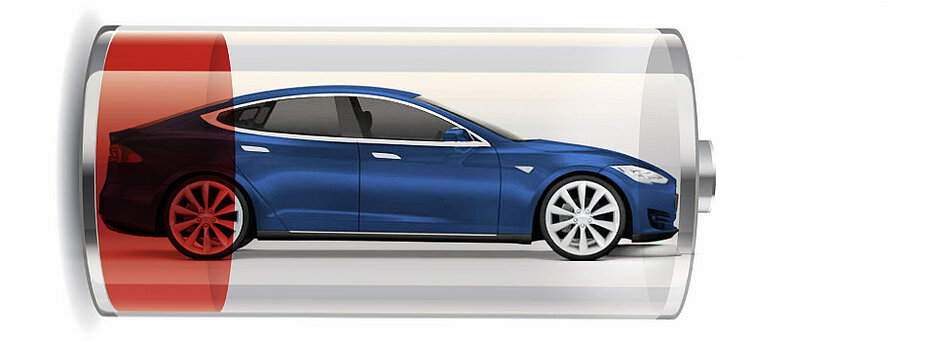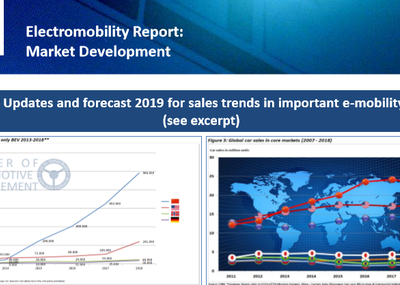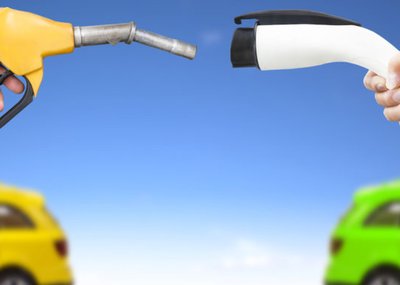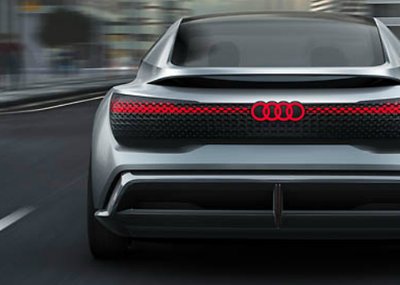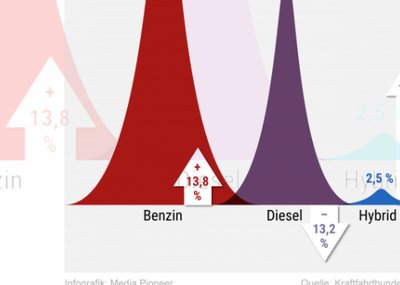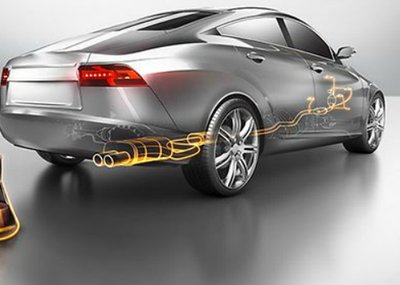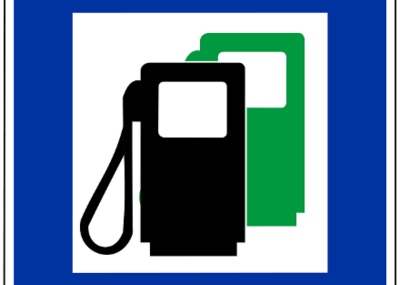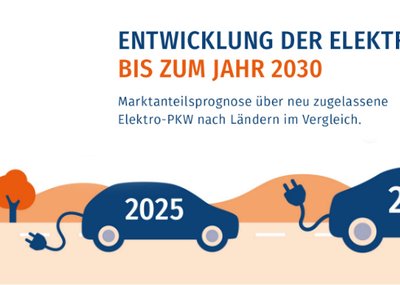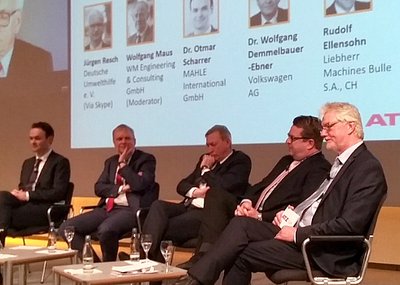Since the exhaust scandal and the debate about diesel bans, the switch to electric mobility is considered an urgent one. However, even the new technology cannot hope to meet the expectations. The problems which exist for combustion engines are not solved by switching to vehicles using batteries whose production is just as limited by natural resource availability. What, then, IS the answer?
2040 in Great Britain and France. 2030 in India. As soon as possible in the Netherlands and in Norway - the departure from the automobile with the long-established gasoline or diesel engine seems to be a foregone conclusion.
In Germany, there are also claims for a deadline for a ban on registration of non-electric vehicles. And in Brussels, experts will examine how the rules, taxes, and charges could be designed so that cars with an internal combustion engine practically disappear by becoming too expensive for the owners.
This movement is fueled by the scandals of exhaust manipulation, the discussion about the significance of the emission measurements that have been used until now, and the debate about harmful nitric oxides.
If you ask about an alternative, you only get questioning looks: the electric car, of course. Tesla is considered the benchmark. Investors consider the concept of the US Electro-Pioneering to be so forward-looking, that its value on the stock exchange in this year temporarily exceeded that of the established US Auto giants. Tesla’s delivery times are now so long that (at least in Norway) some enthusiasts even pay more for used cars than the official list price.
Small Market Share
Nevertheless, the proportion of alternative cars still remains very small. In spite of extensive support, only in one country does the number surpass more than one percent of the market, and only half that in Germany. In Norway alone is the share significantly higher due to alternative cars having been promoted by the state as a whole since the 1980s, both for tax purposes and in everyday life.
The reason for this: electric mobility is technically still far from being able to assume the function of the universal mobility tool, which today is dominated by a gasoline or diesel engine of modern design. Today, a world trip can be undertaken without risk with any small car with an internal combustion engine, regardless whether it’s a Ford, Renault, Toyota, or Volkswagen.
The technology is almost indestructible; even in the most remote corner of the world, someone can be found with sufficient expertise to make a repair on a combustion engine, should something break. Above all, however, sufficient fuel is available everywhere to ensure the continuation of the journey. The tour with an e-automobile, on the other hand, requires careful planning if you want to leave the radius of a battery charge.
In addition, the life cycle of the electric motor is far worse than that of a combustion engine. This starts with the production of the battery, which generates electricity of up to 200 kilograms of the greenhouse gas CO2 per kilowatt hour. The current available capacity is between 3.7 and about 20 tons. A modern diesel has already traveled 150,000 kilometers, by the time this value is reached.
Poor environmental balance
Additionally, the actual current mix must be taken into account when refueling with electricity. Two-thirds of power stations consist of coal and gas stations and produce around 600 grams of CO2 per kilowatt hour. Converted to the consumption of an economical electricity, the roughly calculated CO2 emissions of a good 100 grams per kilometer. A comparable diesel (transport and refining included) comes to 160 grams, a gasoline blows a good 200 grams of CO2 into the environment.
However, electric impulsion is only at the beginning of its career, while the combustion engine has largely reached its developmental limits. Sooner or later, the system must change because the fossil fuels are running low. Experts argue only about when, not if. Electricity can be produced more easily than gasoline or diesel thanks to regenerative energy sources.
The first spectacular start to improve the eco-balance of the e-automobile is being undertaken by Tesla co-founder Elon Musk with his Gigafactory. The battery factory in the Nevada desert draws its energy from a huge solar power plant. With 70 megawatts, it has almost twice as much capacity as the world's largest plant, located in India.
In the development of battery capacities, chemists have also achieved noticeable progress, though successes are still limited. The engineers are trying to solve the resulting range problems by means of accelerated charging cycles. If the range of electric vehicles remains limited, at least the current tanks should be able to be refilled faster. A prerequisite for this is, however, is a dense network of charging stations, which, in Germany alone, would require a double-digit bill of investment to achieve, according to expert calculations.
E-Automobile in the red
The restraint of German motorists to welcome the change has its reasons. In addition, business with the electricity suppliers is still something that needs to be worked on. Pioneer Tesla shows numbers deeply in the red, so far; BMW as well, with its “i series”. According to estimates of experts, it also shows only losses, even if the company officially obstinately refuses to elaborate on any of this information. The same applies to Daimler with the E-Smart. When it comes to processing an order for a conventionally-driven Smart or one with an E-drive running from the same belt, the combustion gets the advantage.
The German corporations are still not especially active, however, according to a study by the Fraunhofer Institute for System and Innovation Research. According to the Fraunhofer study, German car manufacturers are hardly keeping up with the competition in Asia and the USA in terms of innovation. However, for key components such as power electronics, electric motors, and charging technology, they occupy second place behind Japan, as measured by the number of patents. Together with the know-how in classic automotive engineering and material knowledge, this results in a strong position in international competition.
This can also be seen in the market shares. Nearly 20 percent of all electric vehicles produced worldwide come from the factories of German manufacturers. The market share of conventionally-driven cars is not much higher. If one considers the strongly increasing demand for cars with hybrid drive - also a domain of the Germans - then the bill looks even more favorable for the coming years.
Source: Spiegel Online, von Michael Kröger (http://www.spiegel.de/wirtschaft/unternehmen/elektroantrieb-kann-die-erwartungen-noch-nicht-erfuellen-a-1162277.html)

